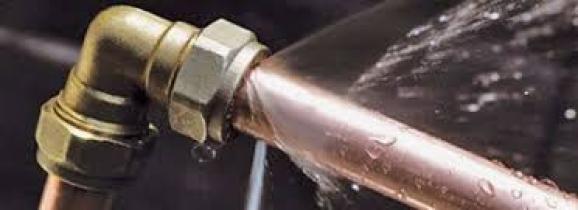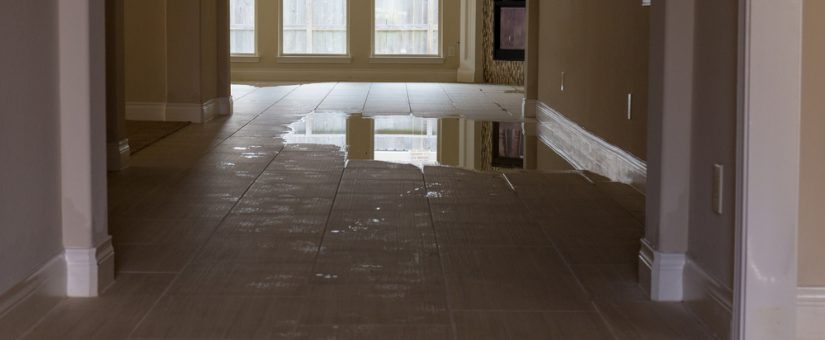We have discovered this great article on How to Find Water Leaks listed below on the net and accepted it made sense to discuss it with you in this article.

Leaks not only cause waste of water yet can also trigger unneeded damages to your residence as well as advertise unwanted natural growth. By understanding and looking for day-to-day scenarios that create leaks, you can protect your house from future leaks and also unnecessary damages.
Instantaneous temperature level adjustments.
Severe temperature level adjustments in our pipelines can create them to increase and acquire all of a sudden. This growth and contraction might cause fractures in the pipes, especially if the temperature are below freezing.
Rusty water systems
As time passes by, your plumbing system ages and corrosion such as rust might begin eating away the pipes. This might be the source of discoloration or warping on your pipes. This asks for an assessment with your plumber immediately. If our plumbing system is old, take into consideration replacing the pipelines considering that they are at a greater danger of rust than the more recent versions.
Defective Pipe Joints
The point at which your pipes link is often the weakest link in the waterline. Pipe joints can degrade in time, resulting in water leaks. Regrettably, the majority of pipe joints are not conveniently noticeable. If you have noisy pipelines that make ticking or banging noises, especially when the warm water is activated, your pipe joints are probably under a great deal of stress. It is advisable to have your plumber examine your system yearly.
Intruding roots
The majority of water leaks begin outside the home rather than inside it. You may notice damp patches or sinkholes in your yard, and also that may indicate that tree origins are attacking water lines causing water to permeate out.
Poor Water Connectors
At times, a leak can be caused by loose pipes and pipes that provide your home appliances. In case of a water links leakage, you may observe water running directly from the supply line or puddles around your home appliances.
Clogged Drains
Blocked drains may be bothersome and inconveniencing, however they can often end up causing an overflow causing break pipes. Maintain eliminating any materials that might go down your drains pipes that could obstruct them to avoid such troubles.
All the above are causes of leakages however not all water leakages arise from plumbing leakages; some leaks might come from roofing leaks. All leakages ought to be fixed quickly to avoid water damage.
Leaks not just cause waste of water yet can also create unneeded damage to your residence and also advertise unwanted natural development. By recognizing and looking for daily situations that create leaks, you can shield your home from future leakages as well as unneeded damages. Today, we will certainly look at six leak triggers that may be triggering your pipelines to leak.
At times, a leak can be triggered by loose pipes and pipes that provide your home appliances. In instance of a water connections leakage, you may notice water running directly from the supply line or pools around your home appliances.
How To Check For Water Leak In Your Home
How To Check for Leaks
The average household's leaks can account for nearly 10,000 gallons of water wasted every year and ten percent of homes have leaks that waste 90 gallons or more per day. Common types of leaks found in the home are worn toilet flappers, dripping faucets, and other leaking valves. These types of leaks are often easy to fix, requiring only a few tools and hardware that can pay for themselves in water savings. Fixing easily corrected household water leaks can save homeowners about 10 percent on their water bills.
To check for leaks in your home, you first need to determine whether you're wasting water and then identify the source of the leak. Here are some tips for finding leaks:
Take a look at your water usage during a colder month, such as January or February. If a family of four exceeds 12,000 gallons per month, there are serious leaks.
Check your water meter before and after a two-hour period when no water is being used. If the meter changes at all, you probably have a leak.
Identify toilet leaks by placing a drop of food coloring in the toilet tank. If any color shows up in the bowl after 10 minutes, you have a leak. (Be sure to flush immediately after the experiment to avoid staining the tank.)
Examine faucet gaskets and pipe fittings for any water on the outside of the pipe to check for surface leaks.
Undetected water leaks can happen without the home or business owner even realizing. If you suspect a water leak, but not able to find the source. It is time to contact a professional water leak detection service, The Leak Doctor.
How To Find a Water Leak In Your Home
https://www.leakdoctor.com/blog/How-To-Check-For-Water-Leak-In-Your-Home_AE197.html

We are very occupied with How to detect water leaks in your home and I am assuming you appreciated the post. Do you know about somebody else who is interested by Most Common Causes of Leaky Pipes? Be sure share it. We thank you for reading our article about How to detect water leaks in your home.
Overflow? We're here!
Comments on “Your House's Primary Typical Water Leak Causes: Examination”